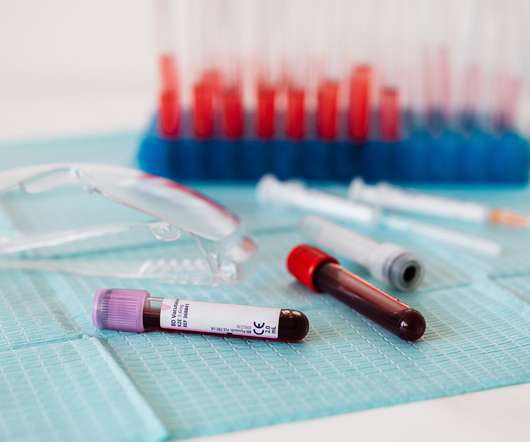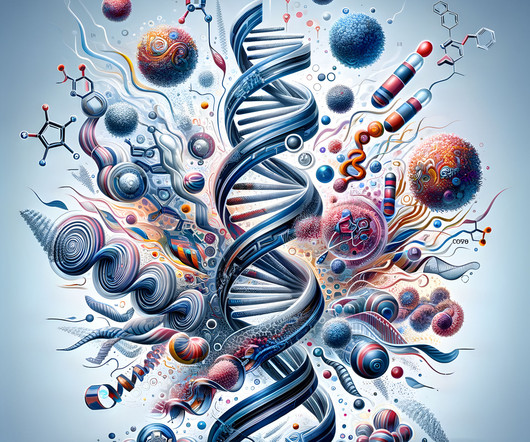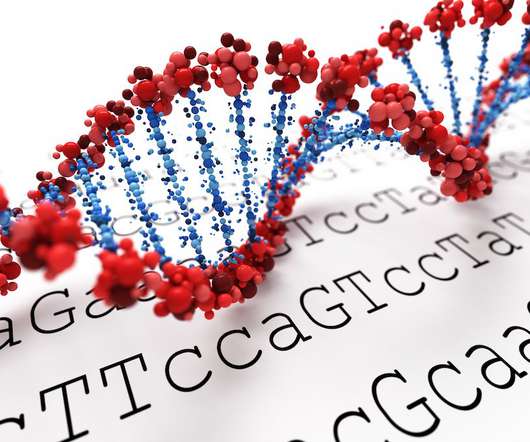LabCorp Backs Resolution Bioscience’s Liquid Biopsy Test for NSCLC
XTalks
SEPTEMBER 28, 2020
The test is based on the detection of actionable genes – genes with known driver mutations that can be targeted by an approved therapy (or investigational therapies in clinical trials). The panel of genes in the test only include known NSCLC-associated genes, making the test specific to the disease. Personalized Approach.













Let's personalize your content